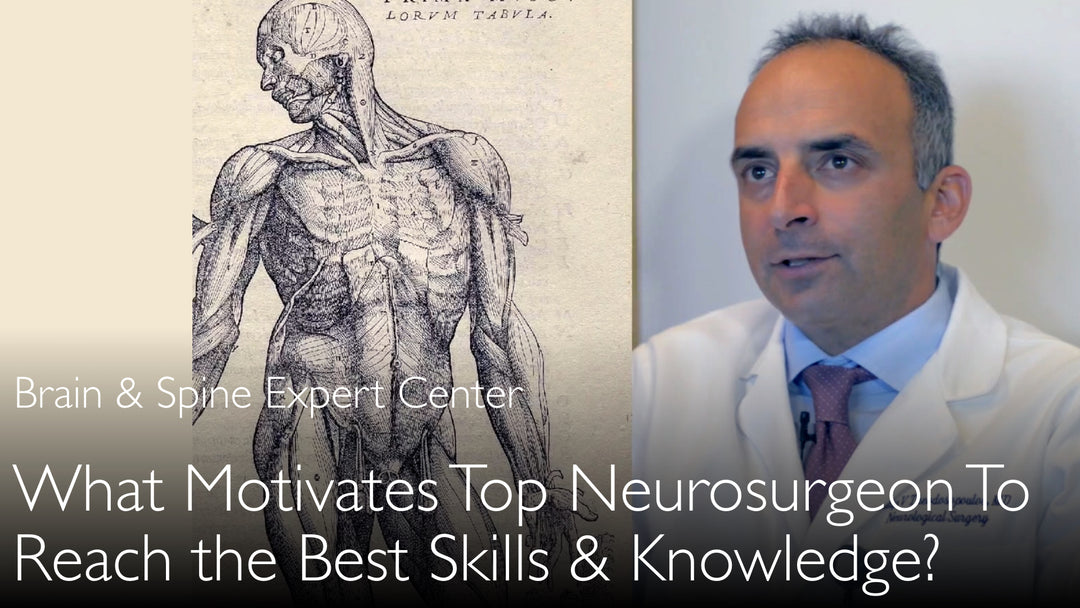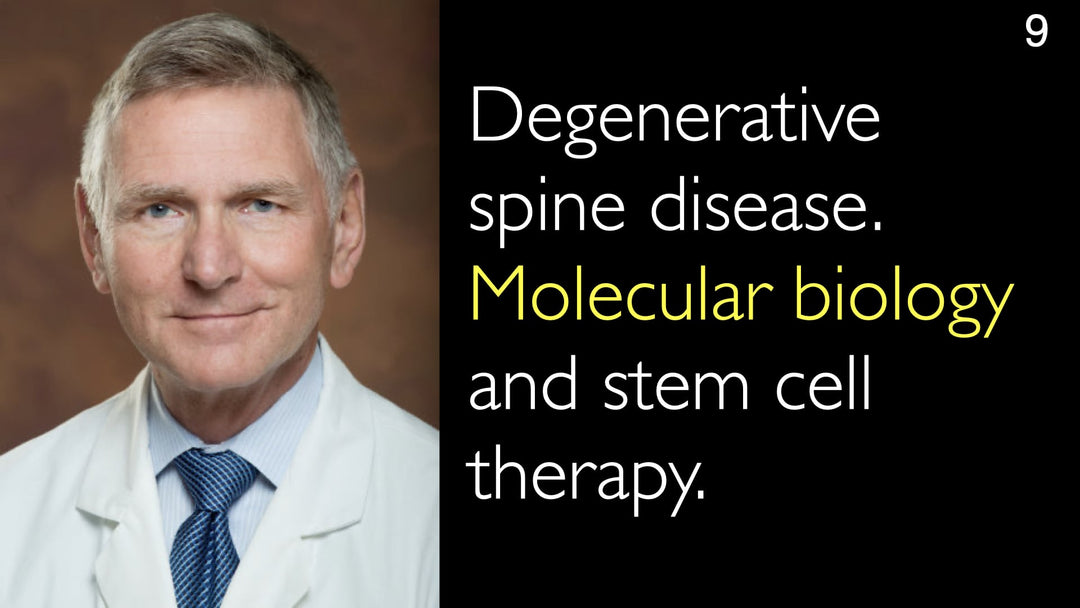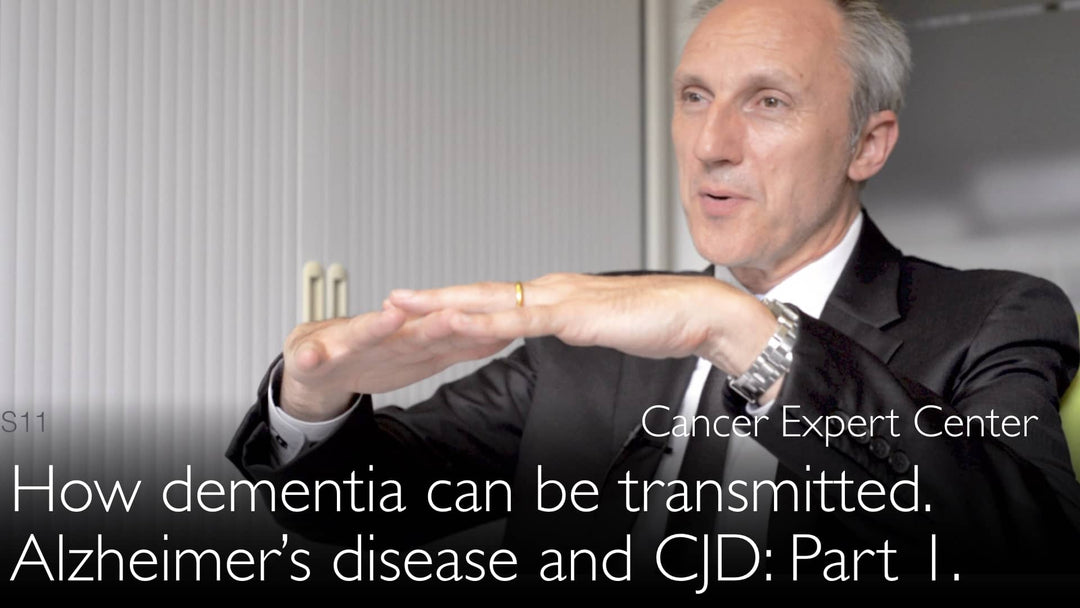뇌혈관 및 두개저 신경외과 분야의 선도적 전문가인 Philip Theodosopoulos 박사(MD)는 수술적 탁월성을 달성하는 데 지속적인 해부학 연구가 결정적인 역할을 한다고 설명합니다. 그는 복잡한 두개저 해부학을 숙달하기 위해 CT 스캔과 시체 해부를 활용한 엄격한 연구 방법을 상세히 소개합니다. Philip Theodosopoulos 박사(MD)는 정상 해부학조차도 가장 경험 많은 외과의사들에게 도전이 될 수 있다고 강조하며, 수술 기술의 한계를 넓히고 환자 안전을 보장하기 위해 근본적인 해부학 원칙으로의 회귀를 주장합니다.
두개저 신경외과 수술 숙련을 위한 해부학 마스터하기
섹션 바로가기
- 해부학: 수술적 탁월함의 기초
- 해부학 연구 방법론
- 정상 해부학이 수술적 도전과제인 이유
- 실습 기술 향상을 위한 시체 해부
- 내시경 접근법과 해부학적 관점
- 수술 숙련을 위한 지속적 학습의 필요성
- 전체 대본
해부학: 수술적 탁월함의 기초
필립 테오도소풀로스 박사(MD)는 미세수술 해부학에 대한 깊은 이해가 세계적 수준의 탁월함을 추구하는 모든 신경외과 의사에게 필수적인 기초라고 강조합니다. 그는 현대 수술의 기원을 인간 해부의 중요성을 강조한 안드레아스 베살리우스와 같은 르네상스 선구자들에게까지 거슬러 올라갑니다. 이러한 역사적 관점은 외과의사가 무엇보다 해부학적 지식에 기반을 두어야 한다는 그의 신념을 뒷받침합니다. 테오도소풀로스 박사는 이러한 기초 이해 없이는 기술적 숙련만으로는 부족하다고 말합니다.
해부학 연구 방법론
필립 테오도소풀로스 박사(MD)는 두개저의 복잡성을 파헤치기 위해 다각적인 연구 접근법을 사용합니다. 그의 풍부한 연구에는 고급 64-슬라이스 컴퓨터단층촬영(CT) 영상을 이용한 건조 인간 두개골의 정밀 분석이 포함됩니다. 예를 들어, 한 연구에서는 84개의 건조 두개골을 분석했고, 다른 연구에서는 CT 스캔과 Brain Lab 내비게이션 시스템을 사용해 100개 두개골의 형태계측 분석을 수행했습니다.
그는 이러한 영상의학적 분석을 실제 내시경 및 미세수술 해부로 보완합니다. 그의 연구는 포르말린 고정 시체 두부와 표본을 사용해 중비갑개, 하비갑개, 그리고 Caldwell-Luc 접근법을 통한 상악동 경로와 같은 수술 접근법을 연습하고 개선합니다.
정상 해부학이 수술적 도전과제인 이유
테오도소풀로스 박사 철학의 핵심은 정상 해부학 자체가 수술에서 주요 도전과제라는 점입니다. 그는 "정상 해부학은 훌륭한 외과의사를 평범한 외과의사로 만들 수 있다"고 경고합니다. 수술 중 외과의사는 병리학적 구조물보다 정상 해부학적 구조물을 가장 자주 마주합니다. 모든 세부 사항과 일반적인 변이에 대한 철저하고 친밀한 지식 없이는 외과의사의 수행 능력이 크게 저하될 수 있습니다.
이것이 환자에게만 수술하는 것으로는 숙련을 키우기에 충분하지 않은 이유입니다. 필립 테오도소풀로스 박사(MD)는 안톤 티토프 박사(MD)에게 설명하길, 외과의사는 수술실을 넘어 지속적으로 해부학적 관계를 연구하고 재학습해야만 최상의 상태를 유지할 수 있다고 말합니다.
실습 기술 향상을 위한 시체 해부
필립 테오도소풀로스 박사(MD)는 시체 해부를 수술 기술을 연마하고 안전하게 혁신하기 위한 필수 도구로 옹호합니다. 그는 새로운 기술을 환자에게 시도하기 전에 모의 환경이나 시체 재료에서 연습하는 것이 윤리적 필수 사항이라고 말합니다. 검증되지 않은 기술을 바로 환자에게 적용하는 것은 외과의사가 아직 숙련되지 않은 "인체 실험"에 해당합니다.
이 방법은 외과의사가 환자에게 위험을 주지 않고 풍부한 경험을 쌓을 수 있게 합니다. 이것은 수술적으로 가능한 것의 한계를 안전하게 "넓히고", 다양한 접근법의 정확한 범위를 이해하며, 시술과 관련된 위험을 완전히 파악할 수 있는 유일한 방법입니다.
내시경 접근법과 해부학적 관점
테오도소풀로스 박사의 최근 작업은 내시경 비강경 두개저 수술을 위한 해부학 숙달에 중점을 둡니다. 그는 두개저와 같은 익숙한 해부학도 아래쪽(비강 내)에서 접근할 때 기존의 두개 접근법과 완전히 다르게 보인다고 지적합니다. 해부학 자체는 변하지 않지만, 관점과 수술 경로는 달라집니다.
이는 이 특정 관점에서 구조물의 한계와 관계를 이해하기 위한 전용 연구가 필요함을 의미합니다. 내시경 관점에서 내경동맥, 시신경 주름, 하안와열과 같은 영역에 대한 그의 연구는 안전하고 효과적인 최소 침습 기술 개발에 중요합니다.
수술 숙련을 위한 지속적 학습의 필요성
테오도소풀로스 박사에게 해부학적 지식의 추구는 훈련의 한 단계가 아닌 평생의 약속입니다. 그는 이 엄격하고 지속적인 연구가 수술 전공의와 펠로우를 훈련시키는 것뿐만 아니라 "우리 자신을 훈련시키는" 데에도 중요하다고 강조합니다. 이는 모든 외과의사가 경력 내내 꾸준히 참여해야 하는 과정입니다.
이 끊임없는 학습에 대한 헌신이 좋은 외과의사와 진정한 선도적인 외과의사를 가르는 기준입니다. 안톤 티토프 박사(MD)는 이러한 수준의 헌신이 희귀하며, 테오도소풀로스 박사의 작업을 레오나르도 다 빈치의 발자취를 따른 것에 비유합니다. 이 끊임없는 추구는 외과의사가 기초에 충실하고 자신의 한계를 이해하며 궁극적으로 환자에게 최고 수준의 치료를 제공할 수 있도록 보장합니다.
전체 대본
안톤 티토프 박사(MD): 무엇이 선도적인 외과의사들이 업무와 삶에서 탁월함을 발휘하도록 동기부여합니까? 선도적인 뇌혈관 및 두개저 신경외과 의사가 그의 열정과 헌신을 공유합니다.
필립 테오도소풀로스 박사는 안드레아스 베살리우스와 레오나르도 다 빈치의 길을 따르고 있습니다. 필립 테오도소풀로스 교수는 두개저의 수술적 미세해부학을 꼼꼼히 연구합니다. 그는 두개저 해부학의 모든 세부 사항을 더 잘 이해하기 위해 현대적인 CT 스캔 방법을 사용합니다.
"외과의사들은 환자를 수술할 때 주로 정상 해부학을 봅니다. 정상 해부학은 훌륭한 외과의사를 평범한 외과의사로 만들 수 있습니다." "뛰어난 외과의사가 되기 위해서는 해부학의 기본 구성 요소로 돌아가야 합니다."
"84개의 건조 인간 두개골에서 64-슬라이스 컴퓨터단층촬영으로 영상 연구가 수행되었습니다." 무엇이 선도적인 외과의사들을 동기부여합니까? 안톤 티토프 박사(MD). 무엇이 고도로 숙련된 외과의사가 두개골 해부 해부학을 계속 연구하도록 합니까? 필립 테오도소풀로스 박사(MD).
두개저 신경외과 분야의 선도적 전문가와의 비디오 인터뷰. 수술 기술을 향상시키기 위해서는 두개골의 미세수술 해부학이 필요합니다. 외과의사들은 환자를 수술할 때 주로 정상 해부학을 봅니다. 정상 해부학은 훌륭한 외과의사를 평범한 외과의사로 만들 수 있습니다.
선도적인 외과의사의 의학적 세컨드 오피니언은 종양 진단을 확인할 수 있습니다. 의학적 세컨드 오피니언은 또한 암이나 양성 뇌종양에 대한 최적의 치료법 선택을 돕습니다. 안톤 티토프 박사(MD). 뇌종양에 대한 의학적 세컨드 오피니언을 구하고 귀하의 치료가 선도적인 국제 기준에 따라 이루어지도록 확신하세요.
필립 테오도소풀로스 박사(MD): 외과의사들은 더 많은 경험을 통해서만 더 나아질 수 있습니다. 하지만 환자에게 수술하는 것만으로는 충분하지 않습니다. 외과의사는 자신의 전문 분야에서 지속적으로 해부 해부학을 연구해야 합니다. 신경외과 의사는 시체 두부에서 뇌 해부학을 연구해야 합니다.
훌륭한 외과의사가 되고, 한계를 넓히기 위해서는 외과의사는 정말로 미세수술 해부 해부학의 기본 구성 요소로 돌아가야 합니다. 무엇이 선도적인 외과의사들을 동기부여합니까? 최고의 외과의사가 되는 것.
안톤 티토프 박사(MD): 귀하는 두개저의 섬세하고 매우 복잡한 해부학에 특별한 관심을 가지고 계십니다. 귀하는 이 매혹적인 수술 해부학 연구를 다작으로 출판하고 있습니다. 귀하의 신경혈관 두개저 구조물에 대한 수술 해부학에 관한 최근 6편의 논문에서 일부 제목을 인용하겠습니다.
내경동맥 해부학의 내시경 비강 내 변이. 시신경 주름의 해부학적 변이: 분류 체계, 영상의학적 평가, 수술적 관련성. 안톤 티토프 박사(MD). 하안와열의 해부학: 내시경 두개저 수술에 대한 함의. 시교차 전 핵의 해부학적 연구 및 그 수술적 함의.
필립 테오도소풀로스 박사(MD): 시신경관의 해부학: 내시경 신경 감압술에 대한 컴퓨터단층촬영 연구. 내경동맥 석부의 내시경 해부학.
귀하가 이러한 연구에서 사용하는 일부 방법도 인용하겠습니다: "84개의 건조 인간 두개골에서 64-슬라이스 컴퓨터단층촬영으로 영상 연구가 수행되었습니다." 6개의 포르말린 고정 시체 두부에서 내시경 비강 내 해부가 수행되었습니다.
100개 두개골의 형태계측 분석이 CT 스캔과 Brain Lab을 사용하여 수행되었습니다. 4명의 환자가 상악 주름을 노출하는 시술을 받았습니다. 10개의 시체 표본에서 미세해부학적 및 내시경 해부가 수행되었습니다.
필립 테오도소풀로스 박사(MD): 해부는 중비갑개와 하비갑개 접근법을 통해 수행되었습니다. Caldwell-Luc 치료를 통한 상악동 경로를 통해서도 해부가 수행되었습니다.
귀하의 작업과 연구에서의 이러한 인용문은 헌신의 정도를 생생하게 보여줍니다. 이것들은 수술 기술의 지속적인 연마의 필요성을 보여줍니다. 이것들은 또한 귀하의 매우 특정하고 섬세한 수술 해부학에 대한 이해를 보여줍니다.
필립 테오도소풀로스 박사(MD): 이러한 기술적 숙련은 자신의 분야에서 세계적 수준의 탁월함을 갖고자 하는 외과의사에게 요구됩니다. 오늘날 많은 외과의사들이 문자 그대로 레오나르도 다 빈치의 발자취를 따르지 않습니다. 오늘날 많은 외과의사들이 자신의 해부학 연구를 수행하지 않습니다.
안톤 티토프 박사(MD): 무엇이 귀하로 하여금 이러한 엄격한 추구에 동기부여합니까? 이것이 귀하의 임상 실무에 어떻게 도움이 됩니까?
필립 테오도소풀로스 박사(MD): 흥미롭습니다. 미세수술 해부학은 제 연구의 주요 관심사였습니다. 제 다른 관심사는 임상 결과 연구입니다.
의학은 히포크라테스와 갈레노스로 시작했을지 모르지만, 수술은 실제로 안드레아스 베살리우스와 중세 및 르네상스 시대의 환자들로부터 시작되었습니다. 르네상스 시대에 그들은 실제로 인간 신체 해부에 관심을 가졌습니다.
이는 외과의사들이 수술에서 중요한 것에 기반을 유지할 수 있는 유일한 방법입니다. 우리는 가장 경험 많은 외과의사들조차 우리가 마주하는 정상 해부학에 의해 너무 자주 평범한 외과의사로 전락한다는 이해가 필요합니다.
외과의사가 훌륭해지기 위해서는 정말로 많이 공부해야 한다는 것은 말할 필요도 없습니다.
안톤 티토프 박사(MD): 공부는 귀하가 보는 환자들에게서만 오는 것이 아닙니다. 왜냐하면 이렇게 많은 환자를 보거나 이렇게 많은 수술을 할 수 있는 방법은 없기 때문입니다. 어느 정도는 결국 인체 실험이 됩니다.
때로는 귀하가 고안하는 것에 능숙하지 않습니다. 우리가 가진 이 모든 새로운 기술들.
필립 테오도소풀로스 박사(MD): 때로는 새로운 기술을 시체 재료에서 여러 번 수행하거나 모의 환경에서 새로운 기술을 연습하기보다는 바로 환자에게 가져갑니다.
우리가 새로운 수술 기술을 환자에게 수행하는 것이 안전하다고 말할 수 없습니다. 이것이 우리가 이 해부학 작업에서 보는 것입니다. 우리는 경험을 통해서만 더 나은 외과의사가 될 수 있음을 봅니다.
한계를 넓히고 싶다면, 정말로 수술 방법의 기본으로 돌아가야 합니다. 해부학의 기본 구성 요소로 돌아가야 합니다. 해부학을 매우 잘 이해해야 합니다.
해부학적 구조물 간의 관계를 이해해야 합니다. 우리가 최근에 수행한 연구는 두개저 치료를 위한 내시경적 방법에 초점을 맞추고 있습니다.
두개저는 우리가 정면에서 수천 번 본 바로 그 구조입니다. 두개저를 두개하부 영역에서 보면 매우 다르게 보입니다. 동일한 해부학 구조입니다.
접근 방법이 하부에서든, 정면에서든, 측면에서든 해부학은 변하지 않습니다. 특정 치료법의 한계와 구조물 간 관계 등을 반드시 연구하고 이해해야 합니다.
그렇지 않으면 숙련된 수술 실력을 갖출 수 없습니다. 한계를 이해하지 못할 것입니다. 감수하는 위험을 이해하지 못할 것입니다. 그러면 수술 기술이 최적화되지 못할 것입니다.
교육 과정에서 이는 우리 모두에게 중요합니다. 외과 전공의나 펠로우를 훈련시키는 데만 중요한 것이 아닙니다.
안톤 티토프 박사(MD): 우리 자신을 훈련하고, 우리 모두를 가르치는 데 있어 반드시 해야 합니다. 지속적이고 엄격하게 외과 해부학을 공부해야 합니다.
최고의 외과의사들을 동기 부여하는 것은 무엇인가? 어떻게 최고 수준의 외과 기술을 달성할 수 있는가? 두개저 신경외과 분야의 최고 전문가와의 비디오 인터뷰. 외과적 탁월성과 해부학.








